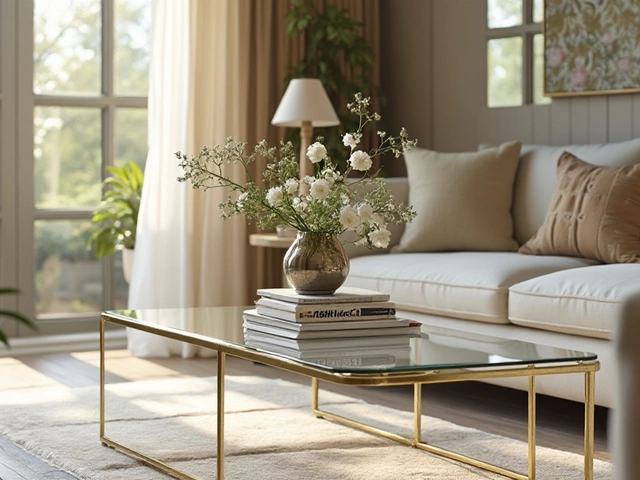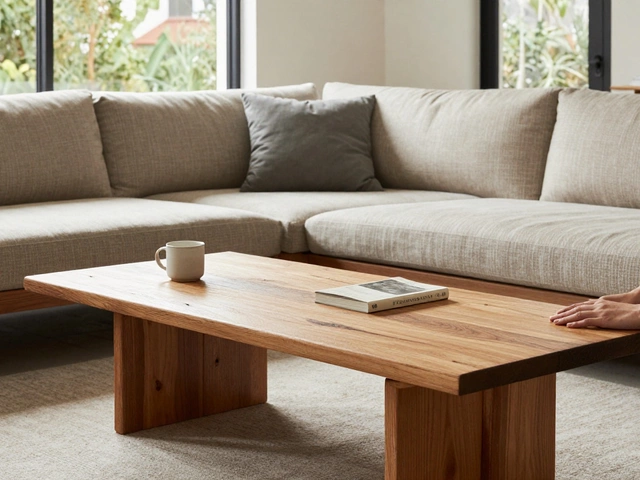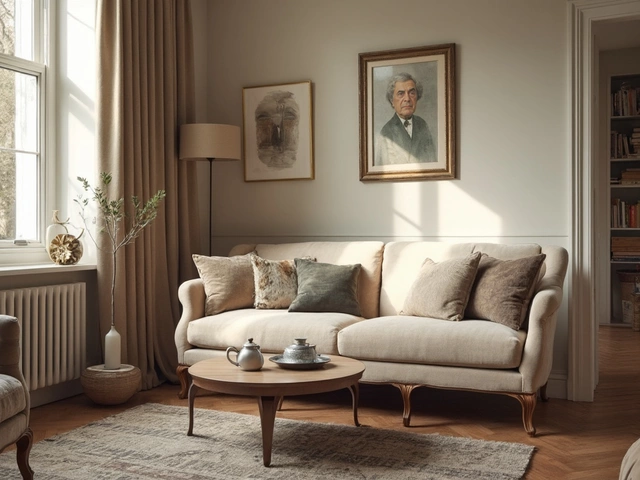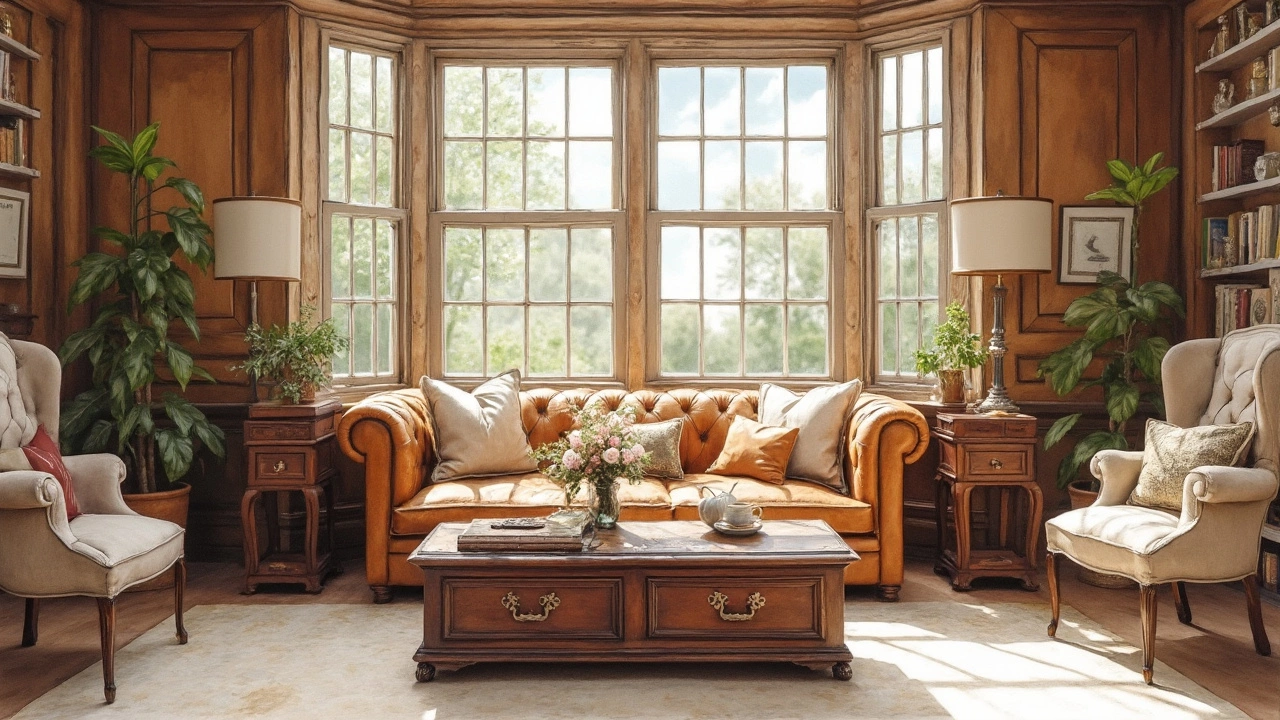
Should Coffee Table Drawers Face the Sofa?
The placement of coffee table drawers can impact both the functionality and aesthetic of a living space. Some say having them face the sofa makes for convenient access, while others believe it’s all about the room’s layout. Explore practical tips on drawer orientation to enhance your living room’s usability and style.

Should My Couch Face the Front Door? Tips for Setting Up Your Space
Deciding where to position your couch in relation to the front door can significantly impact the functionality and feel of your living room. This article explores whether your couch should face the front door, considering privacy, flow, and design aesthetics. You'll learn practical tips on furniture placement that enhance both comfort and style. With the right arrangement, you can create a welcoming environment that's both practical and stylish.
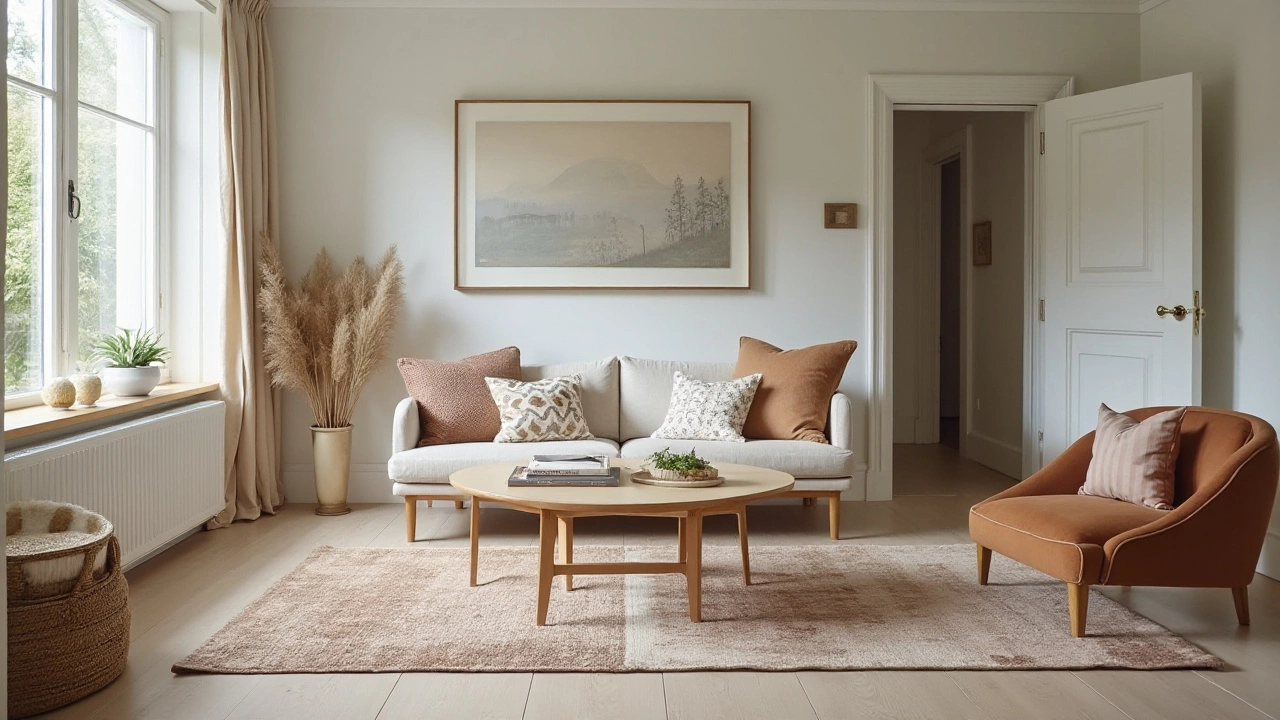
Ideal Coffee Table Distance from Your Couch: A Guide for Perfect Living Room Layout
Discover the optimal distance for placing a coffee table from your couch to enhance both function and aesthetics in your living space. This article provides practical guidelines, tips on selecting the right coffee table, and creative ideas to ensure comfort and ease of use. Whether you have a small apartment or a spacious living room, find out how proper spacing can improve your interior design. Explore insights on personalizing your setup to fit your style and needs.


